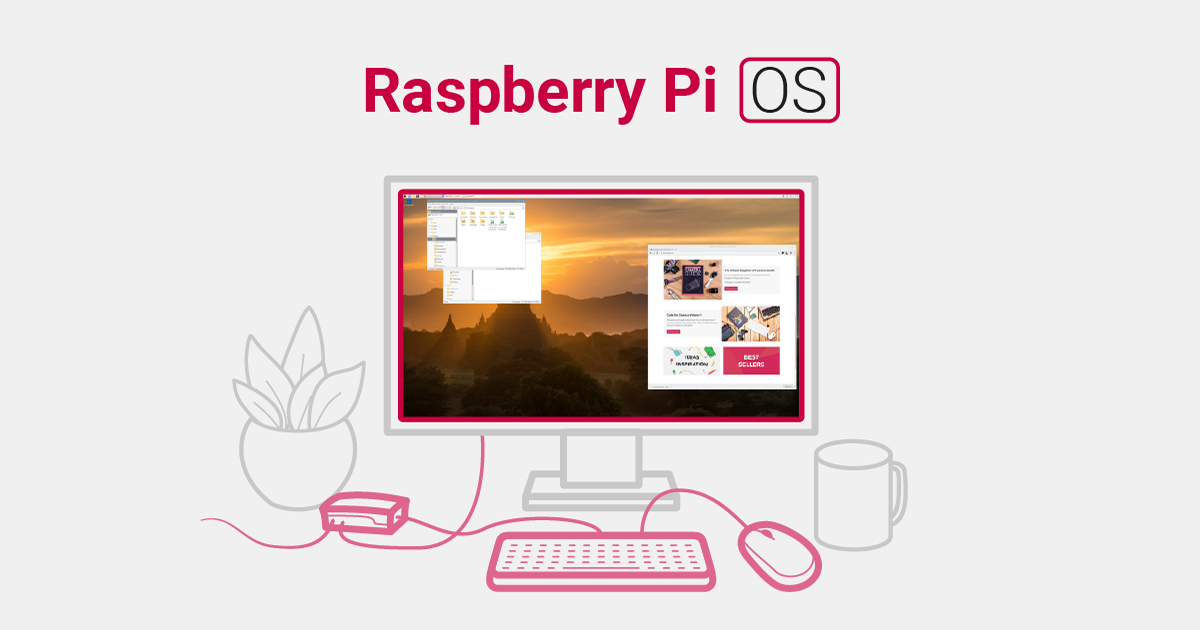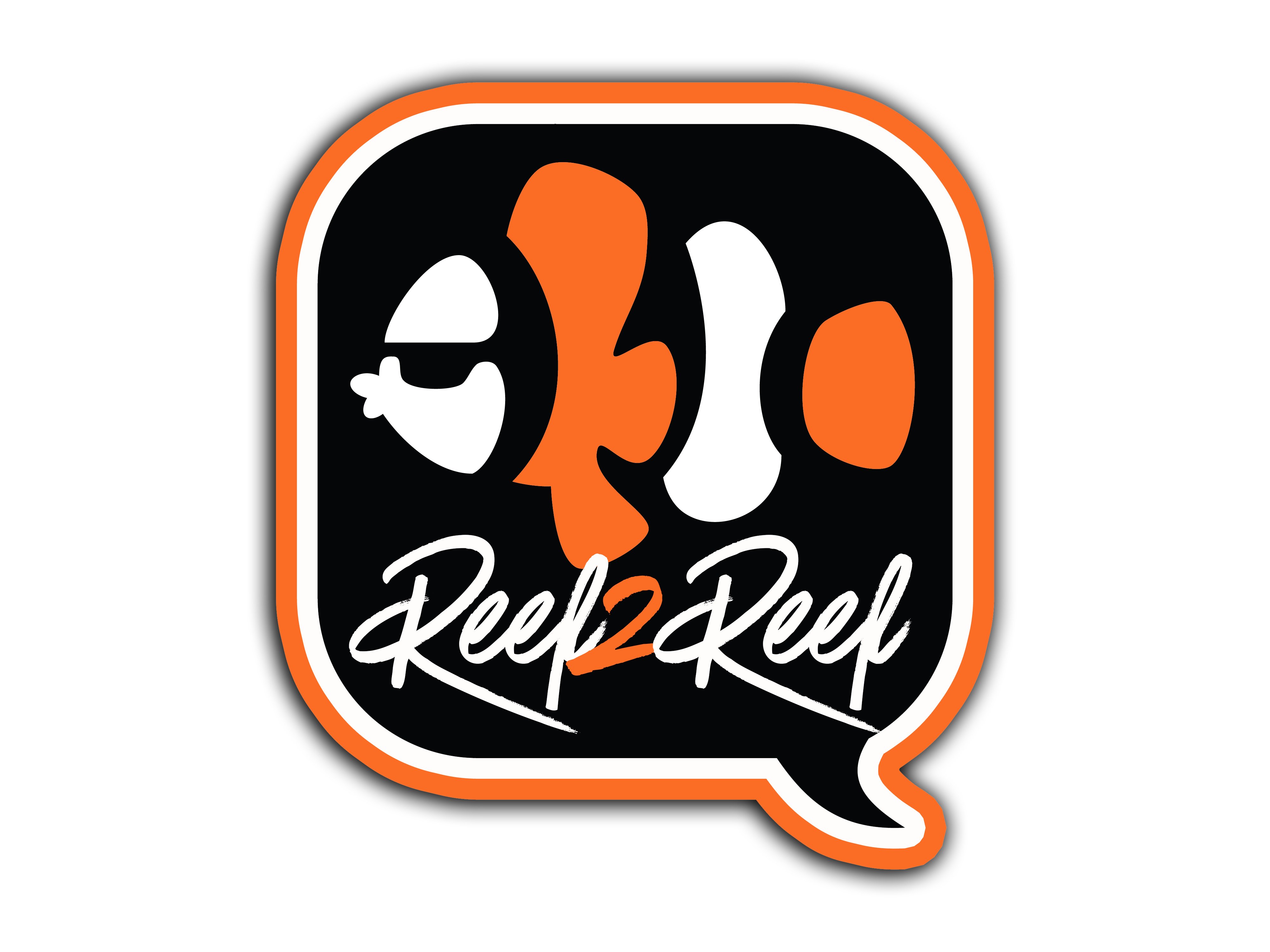What circuit are you using?@Ranjib
Error in a ph calibration?
maybe i have a problem in my ph probe, but, when i calibrate it, the program says "mid value" and "second value". There is any difference if "mid value" is > "second value" or "mid value" < "second value" because it seems that if the "second value" is less than the "mid value" the real value is not correct.
i made ax example, yesterday i calibrate my ph probe in my tank,
"mid value" = 7
"second value" = 4
now in my tank, the ph is 6.4! if i put the probe in the 7 calibration liquid and i read 7 (+- 0.1 decimals) the same in the 4 calibration liquid.
fortunately, with the liquid test, the ph is 8. (or everything in my tank are dead).
today i'll try with
"mid value" = 4
" second value" = 7
(i tried to read the program on github, but is very difficult without comment)
As I understand calibrating Mid value should be 7.0 and second either 4.0 or 10.0. I think going other way around would mess things up. The value you expect to measure should fall between the two calibration values, as you expect 8 you should be using 7.0 and 10.0 for best results. Not sure if that could cause what you are experiencing though. Do you get close to 8 with no calibration? When viewing the calibration window you see the non-calibrated pH so you should be seeing something different when calibration is open vs closed.
EDIT: @Ranjib, not sure if you ever looked at presenting the slope of a pH probe so users can tell when a probe is bad or getting old.
Last edited:




















